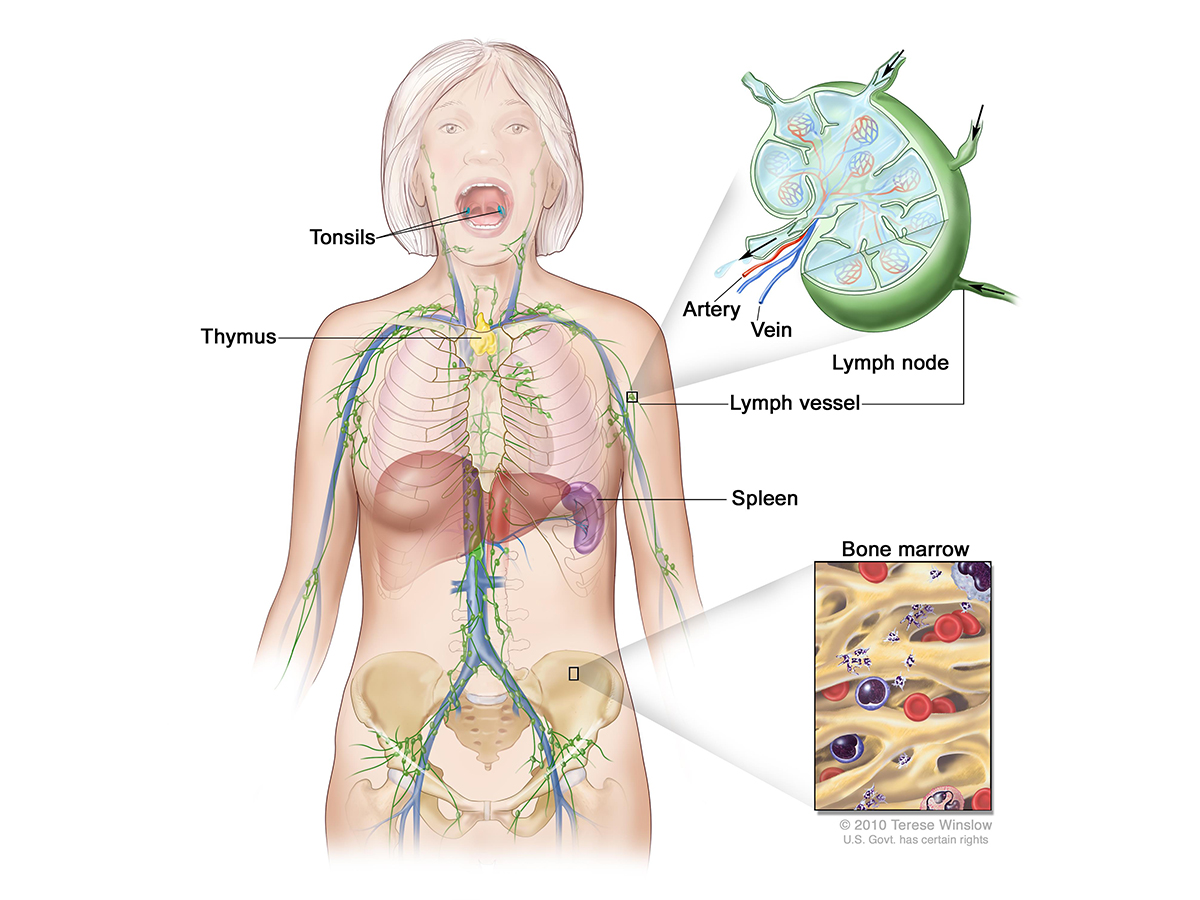Managing the side effects of cancer treatment can be difficult and impact your quality of life. The cancer experts at the OSUCCC – James want to do everything possible to minimize the side effects of your treatment and help you manage them when they do occur.
That’s why we’ve created the Lymphedema Center of Excellence for anyone who develops lymphedema because of their cancer treatment. Overseen by Roman Skoracki, MD, the division chief of Oncologic Plastic Surgery at the OSUCCC – James, the program is one of the Midwest’s leading treatment centers for lymphedema-related care.
At the center, experts who reach across multiple medical disciplines utilize advanced practices to offer the very best personalized therapies in a patient-focused environment. Our collaborative approach allows you to have convenient access to world-class care all in one location. The center offers:
- Surgical oncology
- Plastic surgery
- Oncology rehabilitation therapists with certification in lymphedema
- Nutritional support
- Specialized imaging, including lymphoscintigraphy and lymphangiography, which look at the lymphatic system
- Interventional radiology procedures
- Vascular medicine
If you’ve been diagnosed with lymphedema, would like a second opinion or would like to speak with a lymphedema specialist, please call The James Line at 800-293-5066 or 614-293-5066 to make an appointment.
What is lymphedema?
Lymphedema is an uncomfortable and often painful swelling in the arms, legs, hands, feet, genitalia or head and neck. It can limit your ability to move the affected area and cause infections.
The most common cause of lymphedema in the United States is when lymph nodes are removed as part of cancer treatment. Sometimes this removal of or damage to the lymph nodes can block the drainage of lymphatic fluid, causing the accumulation of fluid and the affected area to swell.
Approximately 3-5 million Americans will experience chronic lymphedema. About 40% of breast cancer patients treated with a combination of surgery, chemotherapy and radiation experience lymphedema in their hands and arms.
Lymphedema can also occur in those with other cancers that require full lymph node removal. The incidence of lymphedema can be up to 70% of people who had complete lymph node removal from a given part of the body.
What is the lymphatic system?
The lymphatic system is the link between the circulatory system (which includes the heart and its network of blood vessels) and the immune system (the complex system that defends our bodies against disease).
Made up of lymphatic vessels, lymph nodes and other organs, the lymphatic system maintains the balance between the fluid that naturally accumulates between the body’s cells, known as interstitial fluid, and how the body recovers that fluid. Our bodies typically clear several liters of interstitial fluid every day.
The lymphatic system’s main purpose is to:
- Remove extra fluid from body tissues
- Absorb fat and recycle it into the bloodstream
- Defend the body against disease
When the lymphatic system is unable to eliminate the fluid as quickly as it’s produced, the body experiences a backup of fluid, which causes swelling known as lymphedema.
Symptoms of lymphedema
While lymphedema can occur in any part of the body, it most frequently occurs in the arms and legs. It can affect just one arm or leg, or it may occur in both. When lymph fluid, which is full of protein, accumulates, it can cause the following symptoms:
- Uncomfortable or painful swelling
- Limb heaviness
- Decreased range of motion
- Recurring infections
- Tightness
- Joint discomfort
- Skin thickening
- Progressive scarring
- Fatigue
Types of lymphedema
There are two types of lymphedema. They include:
- Primary lymphedema occurs in people who are born with a lymphatic system that does not function properly, and it may appear at birth, during puberty or in adulthood without a significant injury to the lymphatic system.
- Secondary lymphedema, the much more common form of lymphedema, is caused by a disruption of the lymphatic system due to injury, surgery, chemotherapy and/or radiation therapy.
Secondary lymphedema can appear weeks, months or even years after surgery, injury or disruption of the lymph nodes. It’s not clear why some people develop swelling and others don’t. While there is no cure, the experts at the Lymphedema Center of Excellence are able to help many people improve their symptoms and manage them over time.
Diagram of the lymphatic system

Related Resources
Lymphedema Treatment
Lymphedema Treatment Team
Lymphedema Frequently Asked Questions